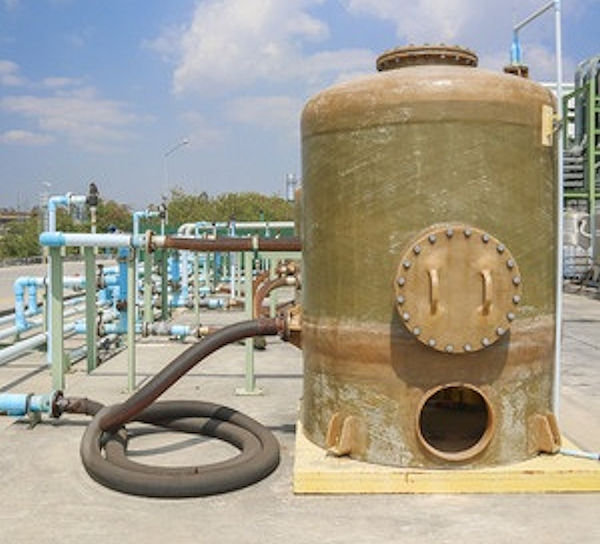Why Confined Spaces are Hazardous
By their very nature, confined spaces can be hazardous.
Below is a list of hazards:
- Space configurations such as small openings and inwardly converging walls, which can trap an entrant, restrict easy entry and exit, or impede rescue.
- Atmospheric hazards such as low oxygen levels (less than 19.5%), gasoline tank vapors, combined with limited ventilation. Such conditions can cause asphyxiation or explosion.
- Physical hazards, such as unstable grain contained in silos, which can engulf a worker.
- All other serious hazards associated with general industry, such as electrical equipment, moving machinery, falling objects, and wet or slippery surfaces.
Below is a list of potential hazards:
- No ventilation (pits and vaults seldom opened).
- Leaking chlorine gas (which is heavier than air) can accumulate in low-lying spaces.
- Oxygen depletion, which can be caused by:
- Rotting vegetation and decaying dead animals.
- Corroding or rusting machinery.
Read about a few of the more recent confined space accident summaries during 2022.
September, 2022 - an employee was cleaning a grain bin when he entered the bin and became engulfed in the grain. The employee died due to asphyxiation.
July, 2022, Employee #1 and his coworker were cleaning baghouses on a roof. The employee was wearing a Tyvek suit, KN95 respirator, and a safety harness, when he entered a steel baghouse. The air temperature was 93-degrees F. with a heat index of 100-degrees at the time of the incident. The employee's core temperature increased to over 105-degrees F. The employee passed out inside the baghouse. Coworkers retrieved him and cut off the Tyvek suit while on-site medical staff administered ice. Emergency medical services were called, and CPR was administered. Employee #1 died later of heat stroke at the hospital.
June, 2022 - two employees were emptying and cleaning an open topped frack tank at an oil and gas services site. The employees were working at remote site by themselves. At the time of the investigation, hyrdrogen sulfide (H2S) gas was detected at levels between 3 parts per million (ppm) and 5 ppm, which is non-lethal. The two employees died. But, it is not possible to estimate what the H2S levels might have been when the employees were killed. The tank contained approximately 2 feet of water/oil.
Knowledge Check Choose the best answer for the question.
1-5. Atmospheric hazards such as low oxygen levels and gasoline vapors in confined spaces _____.
You forgot to answer the question!

